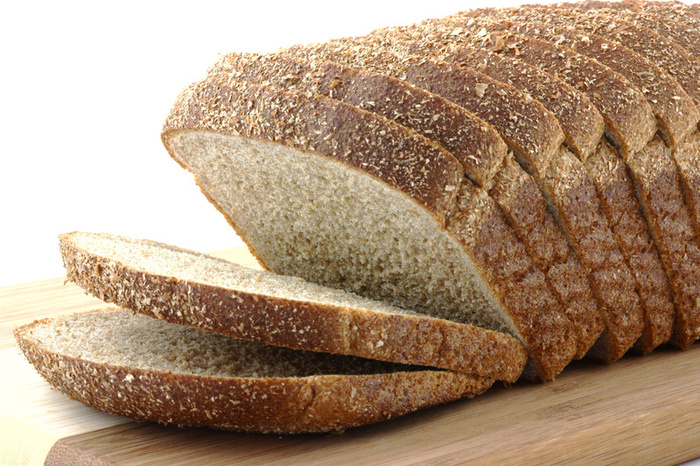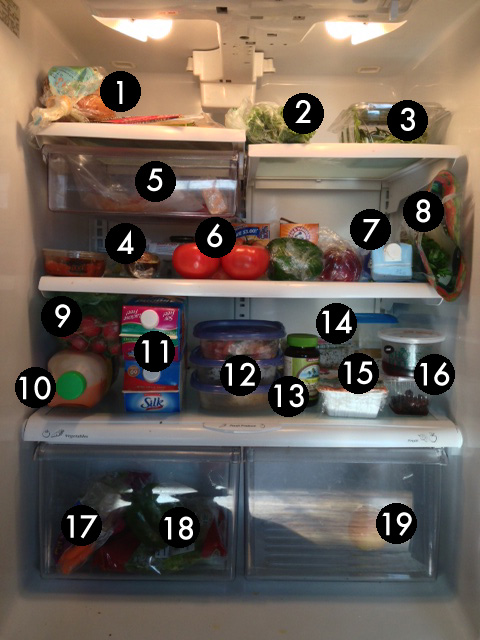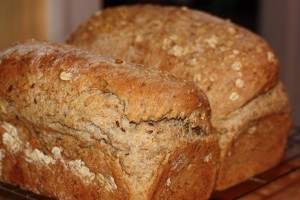 When selecting a bread while grocery shopping, have you ever noticed that in addition to white, whole wheat and the many other varieties of bread, there’s a bread option called white whole wheat (or sometimes white whole grain)?
When selecting a bread while grocery shopping, have you ever noticed that in addition to white, whole wheat and the many other varieties of bread, there’s a bread option called white whole wheat (or sometimes white whole grain)?
So is this really just another unhealthy white bread or is it a healthy whole wheat bread? Or perhaps something in between?
As it turns out, white whole wheat bread is actually nutritionally similar to whole wheat bread. The main difference is the type of wheat used. Typical whole wheat bread is made with red wheat while white whole wheat bread is made with white wheat. The different wheat types provide different tastes and textures. Whereas whole wheat can be coarse and bitter, white wheat is much lighter and softer.
White whole wheat is created for those folks who prefer the taste and texture of white bread but who still want the nutritional benefits of whole wheat bread. In a way, it’s really the best of both worlds. Delicious bread that nourishes your body.
When selecting a bread, make sure you read the nutrition label carefully as marketers are notoriously deceptive. For more information, check out my guidelines and tips for buying a healthy bread.










